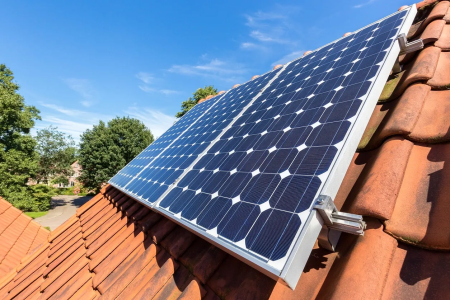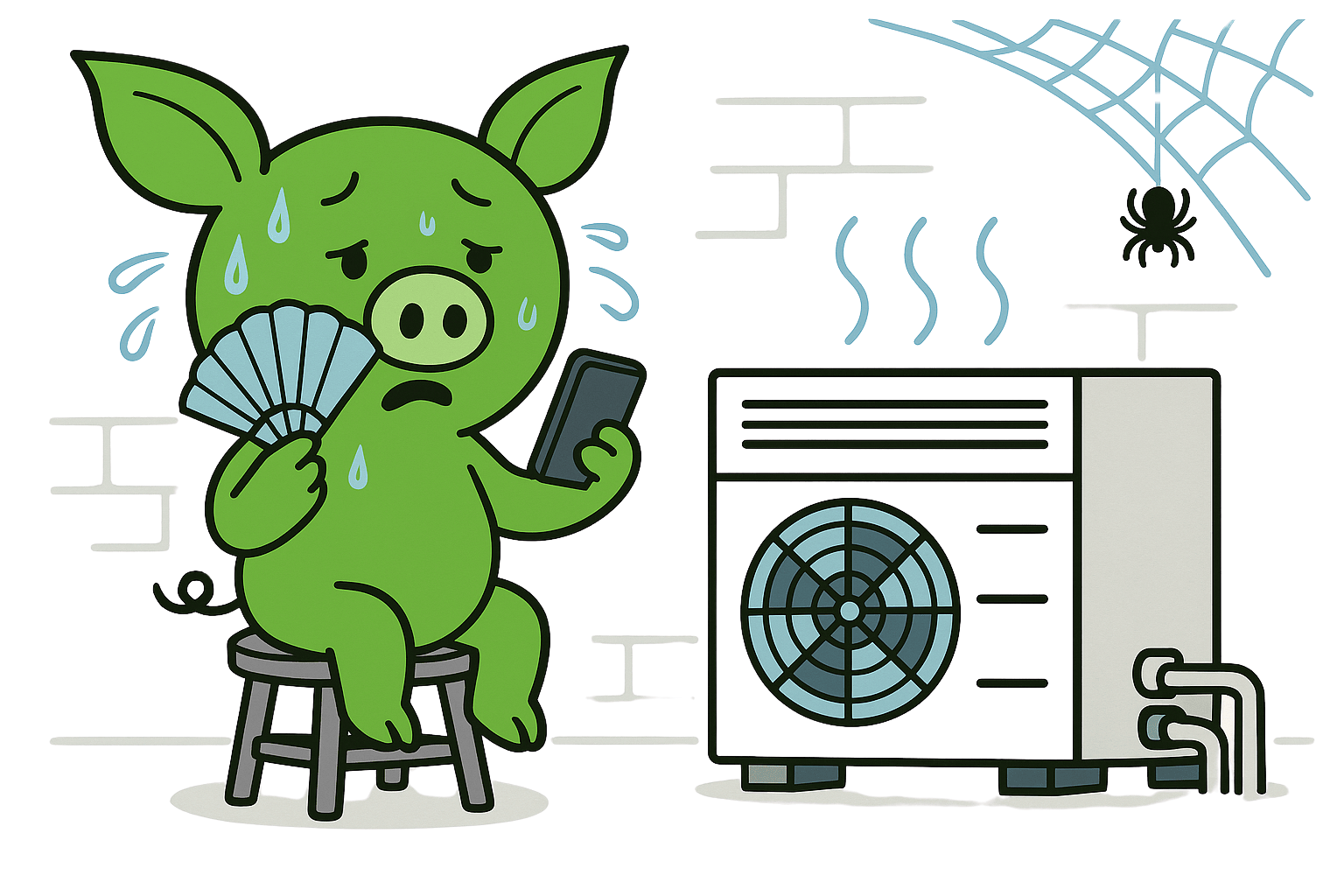Solar Panels for Homes: Harnessing the Power of the Sun for a Greener Smarter Home

In recent years, the shift toward sustainable living and renewable energy sources has gained incredible momentum. Among the many eco-friendly solutions available, solar panels have risen to the forefront, becoming a popular choice for homeowners aiming to reduce their carbon footprint. In fact, nearly 50% of homeowners plan to install solar panels in the future, according to Forbes.
Today, we’ll explore the world of solar panels for homes—diving into their benefits, installation process, and potential challenges. Ready to discover how harnessing the power of the sun can create a brighter, greener future? Let’s get started!
What Are Solar Panels and How Do They Work?
Solar panels, also known as photovoltaic (PV) panels, are devices that convert sunlight into electricity. They consist of multiple solar cells, which generate direct current (DC) electricity when exposed to sunlight. This energy can then power household appliances, lighting, and even electric vehicles.
By integrating an inverter, the DC electricity is converted into alternating current (AC), making it compatible with your home’s electrical systems. And voilà—clean, renewable energy at your fingertips!
The Advantages of Solar Panels for Homes
Installing solar panels offers a wide range of benefits, both for homeowners and the planet:
a) Renewable and Sustainable Energy
Solar energy is an unlimited resource, and by adopting solar panels, you’re reducing dependence on fossil fuels and contributing to a more sustainable energy future.
b) Cost Savings
While the initial investment may seem significant, solar panels deliver substantial long-term savings. By generating your own electricity, you can significantly reduce or even eliminate your monthly utility bills. Use tools like EcoWatch’s solar savings calculator to estimate your potential savings.
c) Environmental Benefits
Solar panels produce no greenhouse gas emissions or air pollutants during operation. By switching to solar energy, you can dramatically reduce your carbon footprint and combat climate change.
d) Energy Independence
Solar panels offer greater energy independence by reducing reliance on the traditional power grid. This is especially beneficial during power outages or in remote areas where grid access is limited.
The Solar Panel Installation Process
a) Assessing Feasibility
Before installing solar panels, evaluate your home’s suitability for solar energy. Factors such as roof orientation, shading, and local climate conditions play a key role. A professional solar installer can provide a thorough assessment and recommendations.
b) Design and Permitting
Once your home’s feasibility is established, your solar system will be designed to meet your specific energy needs. This includes determining the number of panels required, their placement, and securing necessary permits from local authorities.
c) Installation
The installation process involves mounting the solar panels on your roof or a ground structure, connecting them to an inverter, and integrating the system with the electrical grid. Always work with certified solar installers to ensure safety and optimal performance.
Potential Challenges and How to Overcome Them
a) Upfront Costs
Solar panels can be a significant investment, with costs ranging from $15,000 to $35,000 according to Nerd Wallet and Angi. However, various government incentives, such as the federal solar tax credit, can offset these costs. The credit was recently increased from 26% to 30%, as highlighted by Forbes. Many homeowners also explore financing options or solar loans to make the investment more affordable.
b) Maintenance and Durability
Solar panels require minimal maintenance—just occasional cleaning and inspection. Most reputable manufacturers offer warranties of 25–30 years, ensuring long-term performance. However, recycling end-of-life panels remains a challenge, with only ~10% recycled globally, according to MIT.
c) Variability in Sunlight
The efficiency of solar panels depends on sunlight availability, which can vary due to weather or location. Adding solar batteries to your system allows you to store excess energy for use during cloudy days or at night, ensuring a consistent energy supply.
Why Solar Panels Are a Game-Changer
Embracing solar panels is about more than just saving money—it’s a step toward building a more sustainable future. With their ability to reduce greenhouse gas emissions, lower energy costs, and provide energy independence, solar panels are transforming how we power our homes.
How Pigybak Can Help
If you’re ready to join the solar revolution, Pigybak is here to connect you with local contractors who specialize in sustainable home upgrades. Our platform makes it easy to find professionals who tag themselves as eco-friendly, minority-owned, woman-owned, or veteran-owned.
By using Pigybak, you can:
- Streamline the process of finding qualified solar installers in your area.
- Coordinate neighborhood projects to reduce costs and increase efficiency.
- Support local contractors who share your commitment to sustainability.
Conclusion: Harness the Power of the Sun
Solar panels aren’t just an investment in your home—they’re an investment in our planet’s future. By harnessing the power of the sun, you can lower your carbon footprint, save money, and contribute to a cleaner, greener world.
Ready to make the switch? Explore more sustainable home tips and connect with contractors on Pigybak today. Together, we can pave the way for a brighter, more sustainable tomorrow.


